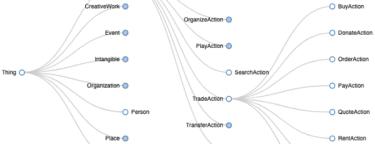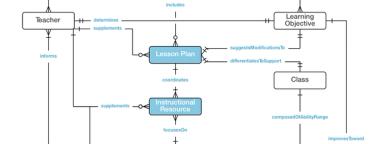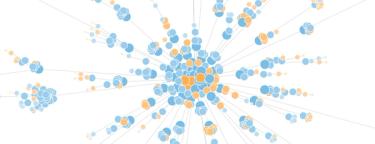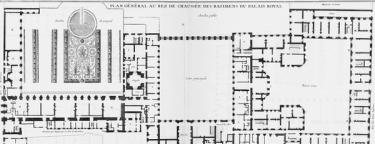Content Strategy Insights: Data, Stories & Meaning

In this episode of "Content Strategy Insights," Larry Swanson and I discuss the huge gaps between the human needs of digital content consumers and the constraints and requirements of the digital systems that manage it. We also, of course, explore how information architects use data, stories, and meaning to bridge these gaps and bring content to life for the human beings who need it.








